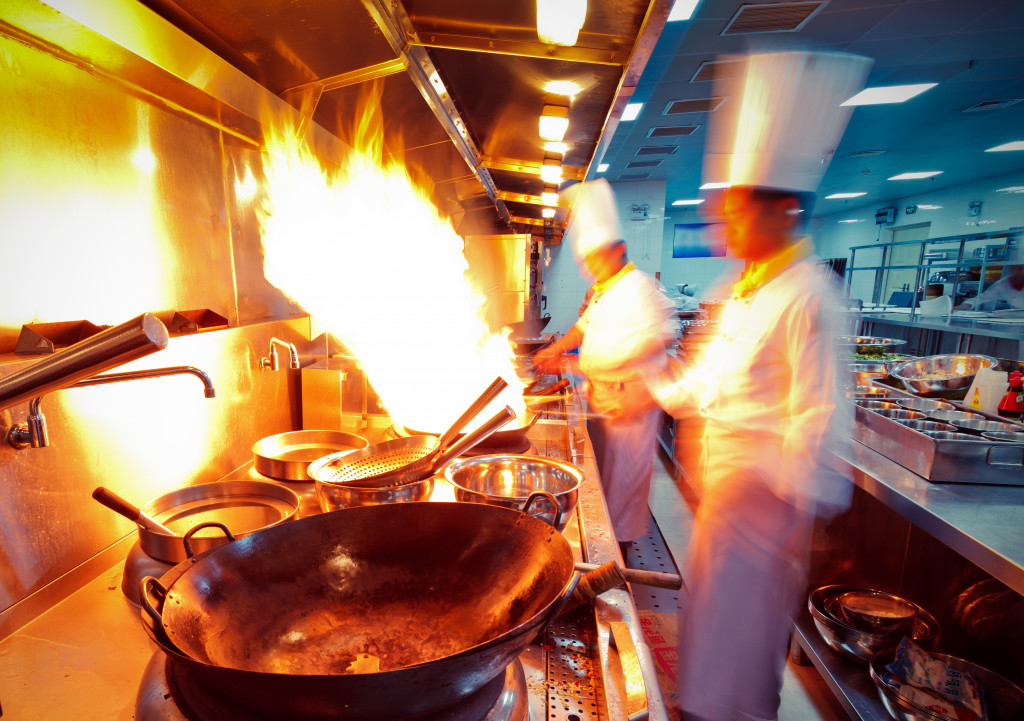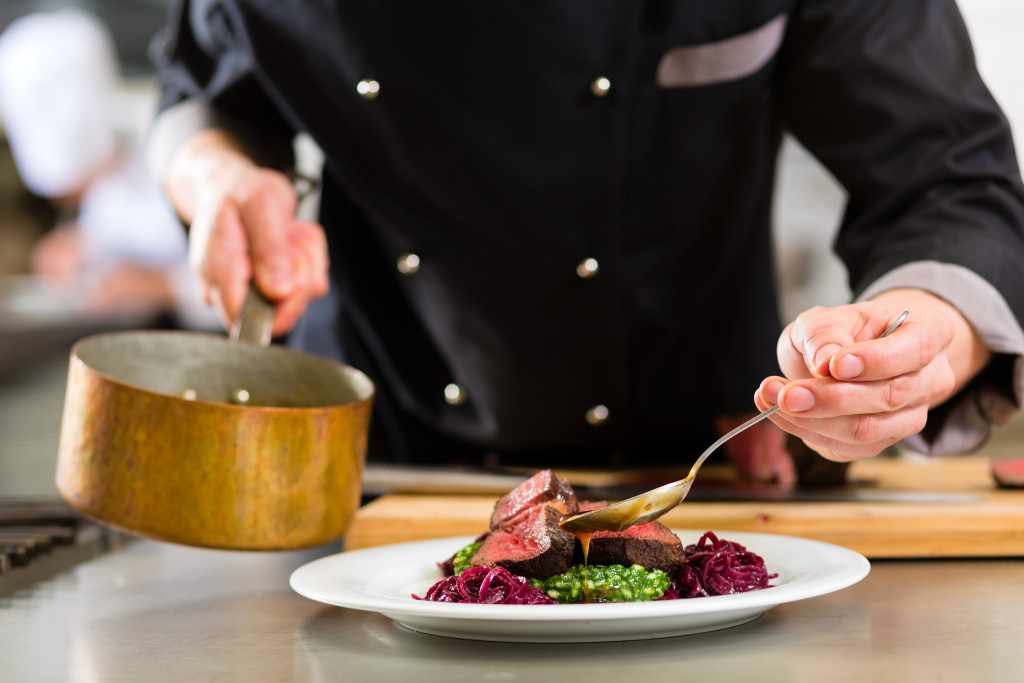- The food service industry faces high injury rates, affecting employee morale, productivity, and potentially causing legal issues.
- Over 2.6 million workplace injuries are reported annually in the U.S., over 12% of which occur in restaurants.
- Common impacts of workplace injuries include increased staff turnover, decreased productivity, reputation damage, and potential legal liabilities.
- Strategies to reduce workplace injuries include investing in first aid treatment, creating safety protocols, and providing proper training.
- Implementing a safety incentive program can motivate employees to adhere to safety protocols, reducing accident rates.
The food service industry is renowned for being fast-paced, high-pressure, and often stressful. It’s where injuries are common and can significantly impact your business’s operation. Whether you run a small cafe, a busy family restaurant, or a large commercial establishment, workplace injuries can devastate your staff, customers, finances, and reputation. Here’s what you need to know about workplace incidents, how they can affect your restaurant and ways you can deal with them.
Workplace Injuries Today
It’s estimated that about 2.6 million workplace injuries and illnesses are reported annually in the United States alone. This includes injuries in various industries, including the food service industry. In fact, according to OSHA (Occupational Safety and Health Administration), more than 12% of all restaurant workers suffer from a job-related injury or illness each year. These injuries can range from minor cuts and burns to severe back pain and

1. Staff Turnover and Morale
Injuring an employee on the job can lead to several long-term problems for your restaurant. The injured worker may require time off to heal and recover, which can increase your staffing requirements and drive up wage costs. Furthermore, his or her absence can place additional pressure on your remaining staff, possibly leading to burnout. Lastly, the employee may become less motivated or reliable, leading to increased staff turnover and reduced morale.
2. Legal Liability and Compensation Claims
To mitigate the risk of employee injury, you must have a solid set of safety procedures in place. If an employee is injured and there is evidence of negligence, you may be liable for compensation claims. This can lead to financial penalties and damage your reputation and customer trust.
3. Reduced Efficiency and Productivity
Injuries can cause interruptions to your schedule, leading to long-term disruption and decreased productivity. Injured employees may also be less able to perform their assigned tasks or duties, leading to compromised output and lower efficiency.
4. Reputation Damage
Negative feedback from injured or unhappy employees can quickly spread to the broader community, damaging your restaurant’s reputation. Poor reviews, word of mouth, and social media posts can all contribute to negative customer perceptions. This can be a challenging problem to undo, particularly if the original cause of the problem was due to negligence on the part of the restaurant owner or management.
5. Fines and Legal Issues
Finally, an injury or accident in your restaurant can trigger a range of fines and legal issues due to non-compliance with safety regulations. As a restaurant owner, you could face legal action and monetary penalties, which can be hard to overcome, particularly if these fines are high.
How to Deal With Workplace Incidents
You can’t avoid all workplace incidents, but you can take proactive steps to reduce the risk of injury. Here are some essential strategies that restaurant owners and managers should consider:

Invest in First Aid Treatment
Cuts are some of the most common injuries in the food service industry. This is why you need to invest in custom adhesive products. These products can be designed for food service applications and provide a unique blend of materials that make them highly practical and functional. They benefit minor cuts, burns, blisters, and other injuries.
Create Safety Protocols
The key to preventing or reducing accidents in your restaurant is to have strict safety protocols in place. This involves educating employees about proper handling techniques when using equipment, working around heat, and using knives or other sharp objects. It’s also wise to have a designated safety officer who regularly checks for potential hazards and ensures all staff adhere to safety procedures.
Provide Proper Training
Regular training is crucial for preventing workplace injuries. This includes proper techniques for lifting, carrying trays, handling hot food, and working around heavy equipment. When employees are trained properly, they are less likely to make mistakes that can lead to accidents or injuries.
Implement a Safety Incentive Program
Providing employees with incentives for following safety protocols and preventing workplace injuries is an effective way to encourage a safer work environment. This could include rewards such as gift cards, bonuses, or other perks for employees who promote safety practices.
Workplace injuries, including staff turnover, legal issues, and damaged reputation, can significantly affect restaurants. Taking proactive measures to prevent accidents and injuries can protect your business and ensure a safe working environment for all employees. Investing in safety protocols, first aid treatment, and proper training goes a long way in keeping everyone safe and healthy in the fast-paced food service industry. So, prioritize workplace safety to safeguard your business and employees.

